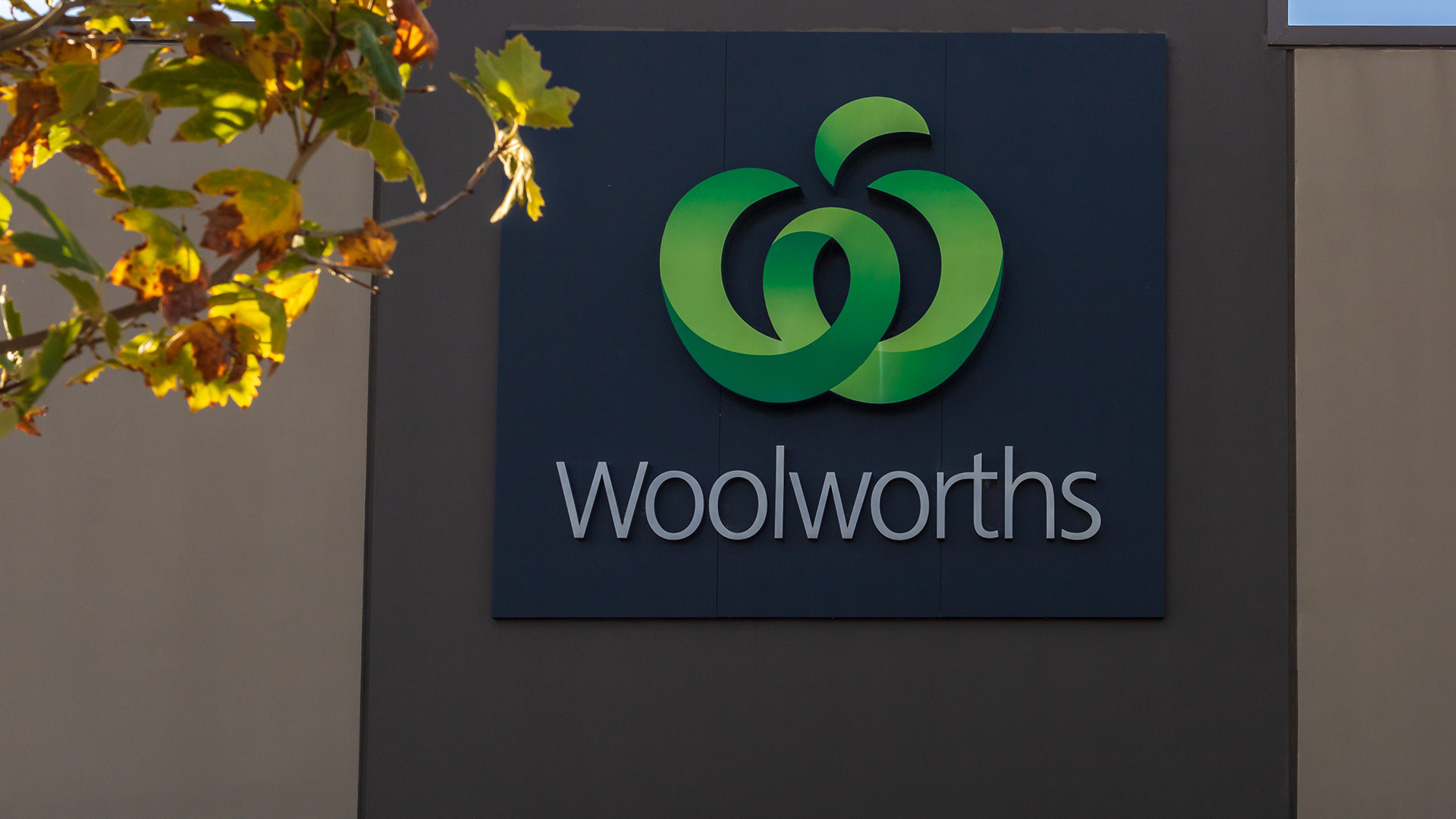Of all China’s myriad of economic concerns (according to western analysts), the country doesn’t have an inflation problem – but could it be facing a looming deflation problem?
On the basis of yesterday’s figures, the immediate answer would be no to deflation, but demand remains weak across all sectors of the economy.
Figures out yesterday showed Chinese inflation at the consumer and wholesale level improved in July. Other figures also confirmed the country’s car industry continued to power ahead in June and the first half of 2014.
The reports came a day ahead of the release later today of China’s June trade data, and figures for the first half of the year, culminating on the second quarter and first half GDP data on July 16.
The performance of imports will be closely watched given their weakness since the start of the year.
The consumer price index, rose at an annual rate of 2.3% in June, down from the four month high rate of 2.5% in May, the country’s national statistics bureau reported yesterday.
That took inflation for the first half of the year to 2.3%, well below the 3.5% annual target set by the government.
China’s inflation remains in check
.png)
Food prices, which account for around one-third of the weighting in the CPI, grew at a slower annual rate of 3.7% last month, down from the 4.1% growth in May. Food prices in June also declined 0.4% month on month.
Non-food prices, such as those for tobacco, liquor, transport, and telecommunications remained flat compared to May.
Data also released yesterday showed China’s producer price index, which measures inflation at the wholesale level, dropped 1.1% year on year in June, against the 1.4% fall in May.
June’s fall was the lowest in two years, but it still was the 28th month in a row that producer prices have fallen.
The weak growth in the CPI is starting to hint that the deflationary pressures in the economy might be about to emerge at retail level. That of course depends on the performance of food prices, which are a notable variable in China.
The low rate of growth in China reflects weak demand at both the retail and wholesale level. Chinese retail sales have hardly been growing this year – apart for the holiday month of February and late January.
Meanwhile there’s no sign of weak demand for cars.
Figures out this week showed passenger-vehicle sales in China rose 14% in June to be up 11.4% over the first half of the year. According to the China Passenger Car Association, nearly 1.47 million sport utility vehicles, multipurpose vehicles and minivans were sold in China in June.
That helped passenger vehicle sales during the first six months top a record 9 million units. The 11.4% rise this year was on top of a near 14% rise in the first half of 2013.
The news on Chinese inflation was ignored by local investors yesterday who preferred to follow Wall Street’s lead in selling down stocks.
After Wall Street’s small rebound overnight Wednesday, our market will start slightly higher today.
The Aussie dollar though regained the 94 US cents and stayed there after the US Federal Reserve’s minutes of its late June board meeting made it clear that it would finishing tapering (cutting) its huge bond buying spree in October.













